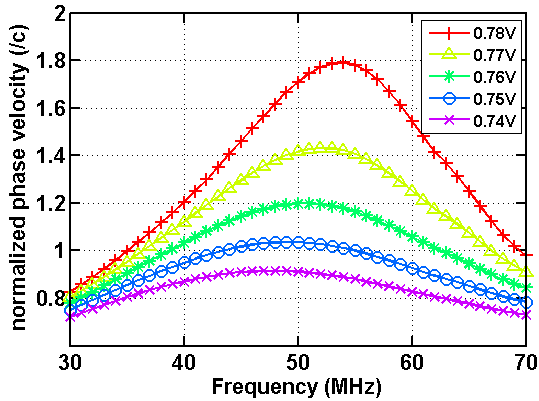

, we investigate the steady optical response of a ( N + 2)-level atomic system and then the resulted superluminal light propagation. the pulse frontier) cannot travel with a velocity exceeding the speed of light in vacuum c as required by the causality, although the pulse center may attain a group velocity much larger than c in an anomalous dispersive medium. Note that the information carried by a light pulse (i.e. The underlying physics could be stimulated Brillouin scattering, coherent gain assisting, active Raman gain, coherent population oscillation, electromagnetically induced transparency (EIT), electromagnetically induced absorption (EIA) (the counterpart of EIT), and resonant gain suppression (RGS) (the revised version of EIT). In particular, the superluminal light propagation has been attained in a number of different media including atomic gasses, semiconductor materials, room-temperature solids, and optical fibers. Controlling the traveling time of light pulses through certain devices may also lead to important applications, e.g., in optical communications, optical networks, opto-electronic devices, and quantum information processing. Introductionĭuring the past decade the group velocity manipulation (either slowing down or speeding up) of weak light pulses has attracted great attention due to its scientific significance (see the Reviews in ). The superluminal group velocity of the probe-laser pulse with at most N – 1 negative values can also be generated and controlled with little gain or absorption.
Superluminal group velocity windows#
Our results show that the system can exhibit multiple resonant gain suppressions via perfect quantum destructive interference, which is usually believed to be absent in closed three-level V system and its extended versions involving more atomic levels, with at most N – 1 transparency windows associated with very steep anomalous dispersions occurring in the system. a closed ( N + 2)-level atomic system) with N coherent laser fields and one incoherent pumping field through both analytical and numerical calculations. We investigate the interaction of an open ( N + 1)-level extended V-type atomic system (i.e. Note: Author names will be searched in the keywords field, also, but that may find papers where the person is mentioned, rather than papers they authored.Use a comma to separate multiple people: J Smith, RL Jones, Macarthur.Use these formats for best results: Smith or J Smith.


Separate search groups with parentheses and Booleans.Keep it simple - don't use too many different parameters.


 0 kommentar(er)
0 kommentar(er)
